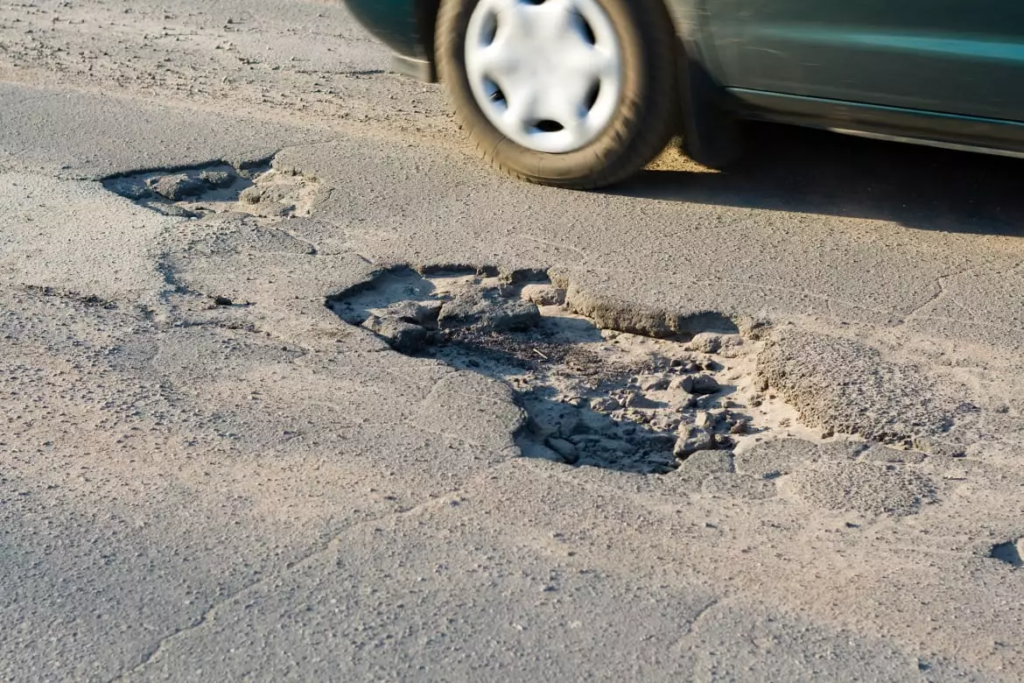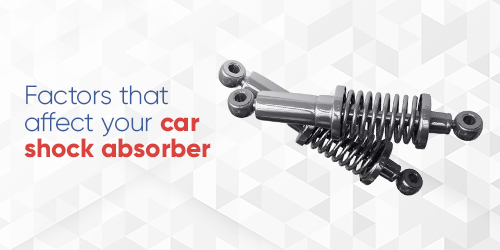Your car’s suspension system consists of various components that work together to keep the vehicle bouncing around when driving over bumpy roads. They are situated on the front and rear wheels, but modern car models usually only have rear shock absorbers, with struts on the front.
Most of the hit occurs when you are on uneven terrain, and it makes your car shock absorbers to take a lot of pressure, deteriorating them faster.
So the question is, how long are they meant to last, and when should you replace them?
How Many Miles Do Shocks Last?
Unfortunately, there’s no definitive answer as long as your shocks will last. Service life depends on several factors, including what type of vehicle you have; Where you drive, and your driving habits. The initial quality of the shocks also plays a role.

In general, most experts estimate the service life of shocks to be between 50,000 and 100,000 miles. But keep in mind that reaching the 50,000 or 100,000-mile mark does not necessarily mean that your shocks need to be changed. If you take good care of your vehicle over the years, you may find that your shocks will not be replaced. Nevertheless, even if your suspension system is not exhibiting issues, it’s good to have it inspected once you reach the 50,000-mile mark.
Factors that affect the longevity of your shocks
As mentioned earlier, several factors can affect the life of your car shock absorbers. If you want to ensure their longevity, here are some things you want to avoid:
- Bumpy Roads

Bumps on the road double the miles for your shocks.
Driving on rough roads, over potholes, and uneven terrain can cause a lot of strain on your suspension system. You can not always choose where you go – poor road conditions can not be escaped. So if you have no alternative but to drive on bumpy roads, try to minimize the damage by moving slowly as you normally would.
Be too conscious with potholes – if you see one in your way, try to avoid it as much as you can.
- Heavy load

The suspension system of your vehicle has a maximum load capacity, which refers to the total weight it can carry when you are on the road. If you go over the limit, whether you have too many passengers on your way or carrying excessive cargo, you are overloading – a practice that can ruin your shocks.
Overloading can cause the springs in your suspension to distort or even break from the strain, so make sure you know your suspension system’s load capacity is to avoid overloading your vehicle.
- Stop-and-go driving
This type of driving is often unavoidable in the bustle of city streets and highways, especially in the rush hour. Nobody wants to be in stop-and-go traffic, but your shocks can last much longer if you can avoid it.
This type of driving is also common for tailgaters, who often have to enter their brakes more often to avoid bumping the car in front of them. So one should stop doing that- not just for the longevity of shocks, but also for everyone’s safety.
- Weather Conditions
Although all the other things mentioned in the list are avoidable, you can not avoid the weather. Particularly, if you are residing in a wet climate that sees a lot of snow and, as a consequence, road salt, your shocks may wear faster because of corrosion.
All you can do is to resist and get ahead of the rust. Clean your suspension system every once in a while.
- Vehicle Modifications

If you modify your car’s suspension, you can put your shocks by lifting or lowering it under strain. The reason being, you’re either compressing or extending the shock beyond the manufacturer’s design.
When should you replace your shocks?
If you’ve started noticing issues with your vehicle’s suspension system even before you reach the 50,000-mile mark, it may be time to replace your shocks.

Here are some symptoms that you may experience if you have faulty shock absorbers:
- Rough or bumpy ride
- Your vehicle “bottom out” when you go over bumps
- Clanking or banging noises of the undercarriage
- Poor handling and braking performance
- Your tire tread exhibits a “cupped” wear pattern.
If you come across some of these signs, this may be your cue to replace your car shock absorbers. However, always remember that a car has many moving parts – this means that the presence of these issues may not necessarily mean that your shocks are inadequate. It may point to something else entirely.
To be safe, visit your mechanic and have your vehicle inspected. Also if you are looking for various parts for your car, you can visit The Auto Parts Shop.
